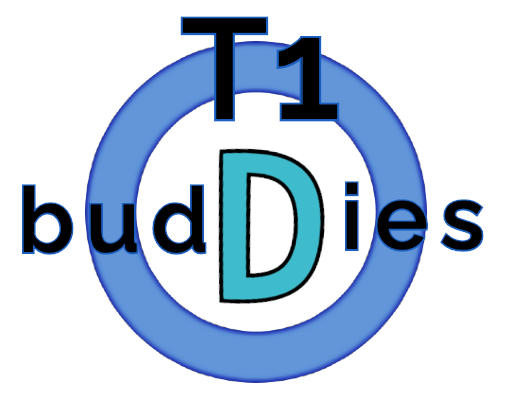Hyper-Hypo Help
NOTE: This is not intended to replace help from a medical professional. Please call a nearby clinic/doctor or your country’s emergency number if there is an immediate danger.
People with diabetes should try to keep their blood glucose levels between 4 and 8 mmol/L (72 and 144 mg/dL). When blood sugar readings are below or above these numbers, you may be experiencing hypoglycemia or hyperglycemia.
CONTENTS
Hypoglycemia
Hyperglycemia
What is hypoglycemia?
Hypoglycemia, called “lows” or “hypos,” is when blood glucose levels are below 3.9 mmol/L (70 mg/dL). It happens when there is too much insulin or not enough sugar in the body, and can be caused by missing a meal, taking more insulin than needed, or excessive exercise. If it’s not treated as soon as possible, the condition can quickly become dangerous.
What are the symptoms of hypoglycemia?
The symptoms of hypoglycemia can be different for each diabetic, but here are some of the most common signs of low blood sugar. If you have any of these symptoms without another explanation, please check your blood sugar as soon as you can to prevent or treat hypos.
- Feeling shaky or tingly
- Excessive sweating or clamminess
- Easily irritated
- Feeling lightheaded or dizzy
- Hunger
- Weakness or exhaustion
- Nervousness or anxiety
- Drowsiness, blurred vision
Newly diagnosed Type 1 diabetics might not feel or notice any of these symptoms during a hypo, so it’s important to monitor your readings throughout the day with finger pricks or a glucose sensor.
How do I treat hypoglycemia?
Low blood sugar is easily taken care of if it’s treated quickly. Most doctors use the 15-15 rule to handle hypoglycemia. The diabetic should eat or drink 15 grams of carbohydrates, then check readings after 15 minutes. If the blood sugar is still below 3.9 mmol/L (70 mg/dL), do this again.
The choice of carbs will affect how quickly the hypo is fixed. Simple carbohydrates will work better than complex carbs. Examples of simple carbs that are good for lows are:
- Glucose tablets (check instructions
- ½ to 1 cup of juice or soda
- 1 tablespoon of sugar or honey
- Candy
Complex carbs, like bread or crackers, are absorbed slower, and will not raise blood sugars quickly enough. But, once your readings are above 4 mmol/L (72 mg/dL), don’t forget to eat food with some complex carbs to prevent another hypo.
If you have a lot of low blood sugar events, talk to your doctor, because you may need to change your insulin dosage or routines.
If the person can’t follow the 15-15 rule because their glucose levels are too low, this severe hypoglycemia can be treated with glucagon, an injectable hormone that tells the liver to release glucose into the bloodstream. Glucagon kits are available with a prescription, so talk to your doctor about whether to purchase a kit and how to use it.
What is hyperglycemia?
Hyperglycemia, or high blood sugars, occurs when the blood sugar is too high. The number that is considered “too high” will be different for each person, so ask your doctor about your blood glucose range. Usually, a high blood sugar is above 8 mmol/L (144 mg/dL) without food, and above 11 mmol/L (200 mg/dL) after meals.
High blood sugars can be caused by not taking enough insulin for food or eating too many carbs without dosing. Hyperglycemia can even happen because of stress, sickness and/or menstruation.
Although there are not too many short term risks – unless the BG levels are extremely high, there are possible long-term complications of leaving high blood sugars untreated for a long time. As always, monitor your BG to prevent and treat hyperglycemia.
If your blood sugars are above 15 mmol/L (270 mg/dL), you may experience ketoacidosis, which has both short and long-term risks. It is very important to monitor your readings during this time, as well as checking for ketones. Contact a medical professional if ketone levels are high.
What are the symptoms of hyperglycemia?
Unlike hypoglycemia, hyperglycemia may not be as obvious with physical signs. The main symptoms of high blood sugar are pretty subtle; it’s easier to monitor high blood sugar through BG checks. The signs include:
- Increased urination
- Excessive or increased thirst
- Feeling tired/exhausted
How do I treat hyperglycemia?
Taking care of high blood sugars is a slower process than treating hypos. The easiest and most recommended way to lower blood sugars is through an insulin dose. Make sure to define your blood sugar correction ratios with your doctor, so that you take the right amount of insulin for the high BG. Be careful to not take too much insulin, as this can lead to a hypo – which is more dangerous.
